 Homebrewers today live in a world full of information. There are homebrewing books, magazines, websites, and internet forums. In addition, there are homebrewing clubs to join and contests to enter. But it wasn’t always that way.
Homebrewers today live in a world full of information. There are homebrewing books, magazines, websites, and internet forums. In addition, there are homebrewing clubs to join and contests to enter. But it wasn’t always that way.
In the United States, in the late 1970s, there was nothing. In 1979, Jimmy Carter signed a bill making the homebrewing of beer legal in the US. Home winemaking was already legal, and there was a small community of home winemakers. But home beer brewing was clandestine and not widely practiced, although most people probably “knew a guy who knew a guy.” [Read more…]
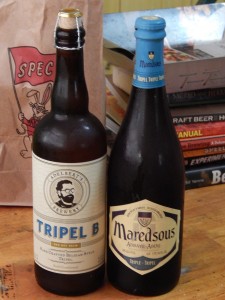

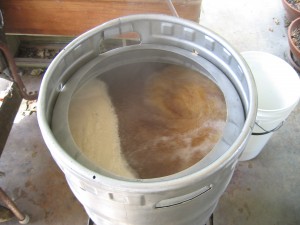

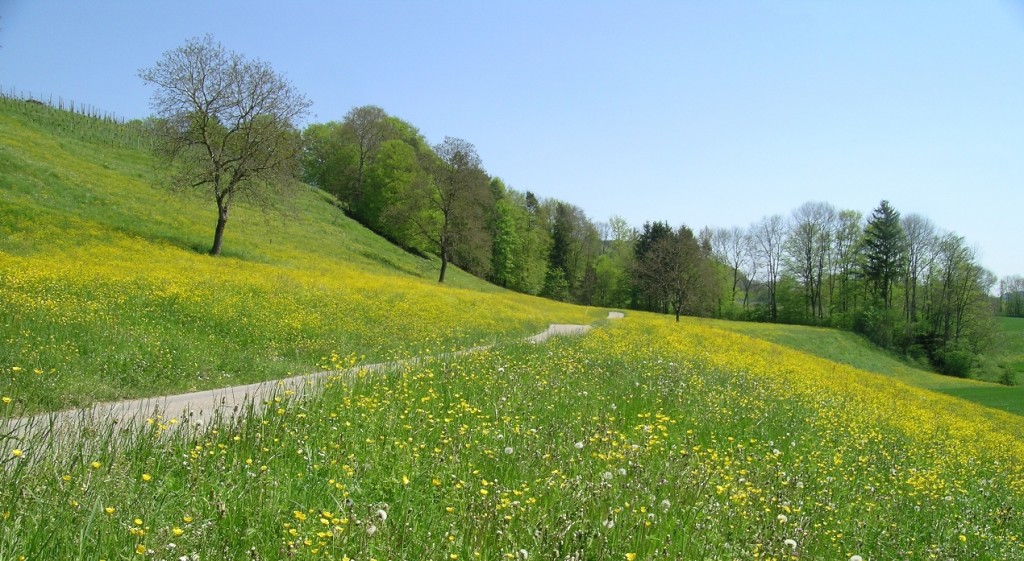

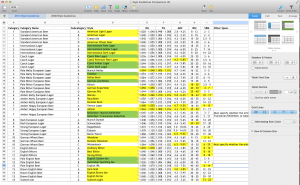
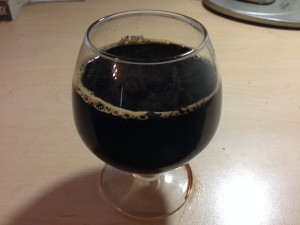

Recent Comments